Who we are
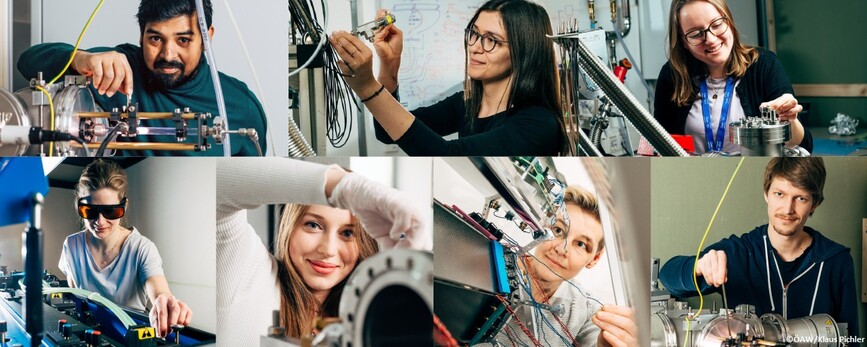
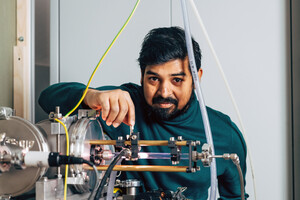
Amit Nanda, MSc/Phd Student
My project aims for precise measurements of the ground state hyperfine structure of Deuterium using an In-beam Rabi-type set-up. These measurements are crucial for constraining some parameters of the Standard Model Extension.
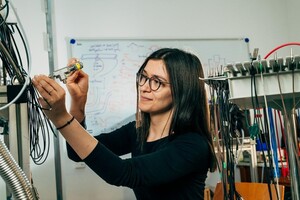
Jasmina Besic, BSc/Student
My work focuses on the investigation and characterization of newly developed cadmium-zinc-telluride (CdZnTe) semiconductor detectors as part of the STRONG 2020 project, under the EU Horizon 2020 programme (JRA8-ASTRA: Advanced ultra-fast solid STate detectors for high precision RAdiation spectroscopy). The main goal of ASTRA is to develop advanced radiation detector systems that can perform high-precision measurements of photons in a wide energy range: Low Energy Detection (LED) 10-100 keV and High Energy Detection (HED) 10-1000 keV.
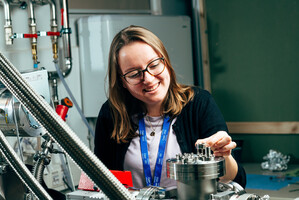
Tatjana Penn, BSc/Student
My job is it to characterize 3D printed high performance materials as part of the Advanced Instrumentation Team at SMI. The parameters I want to determine are the thermal conductivity and thermal expansion at cryogenic temperature, as well as the outgassing in ultra high vacuum (UHV).

Dipl.-Ing. Carina Killian / PhD Student
Within my PhD thesis, I will design and build a Ramsey-type spectrometer for a measurement of the ground state hyperfine splitting (GS-HFS) of hydrogen. This measurement will serve as a benchmark demonstration for the measurement of the GS-HFS of Antihydrogen. But the purpose of those measurements will not only be the testing and calibration of the setup for the actual use with antihydrogen. Furthermore, longterm measurements will be performed to monitor possible sidereal variations of the hydrogen GS-HFS, which is a test of the CPT symmetry.
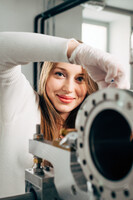
Alina Weiser, MSc. /PhD Student
The aim of my doctoral project is the observation and first precise measurement of the binding energy of molecules containing a positronium atom. Positronium is the bound state of an electron (e-) and it’s antiparticle the positron (e+). In order to perform experiments with this exotic atom I am constructing a positron beamline which includes a Na22 source for the production of e+, a positron trap to confine them and a spectrometer to be able to observe the products of the collisions of positrons and matter.

Dr. Svetlana Chesnevskaya /Postdoc.
I am working on upgrading the antihydrogen detector for the ASACUSA (Atomic Spectroscopy And Collisions Using Slow Antiprotons) experiment located at the Antiproton Decelerator at CERN. This experiment aims to compare the ground state hyperfine splitting of antihydrogen to hydrogen, providing a direct test of the CPT symmetry. The hodoscope detector is used to analyse arriving antihydrogen atoms by detecting their annihilation products. The upgrade will provide detection with a count rate approximately two orders of magnitude higher than before.“
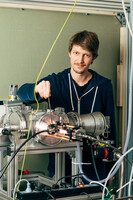
Simon Rheinfrank, BSc/Student.
The aim of my work is to characterize the Hydrogen beams used in various experiments. Knowing as many properties of the beam as possible is important when dealing with such high precision experiments.
©ÖAW/Klaus Pichler